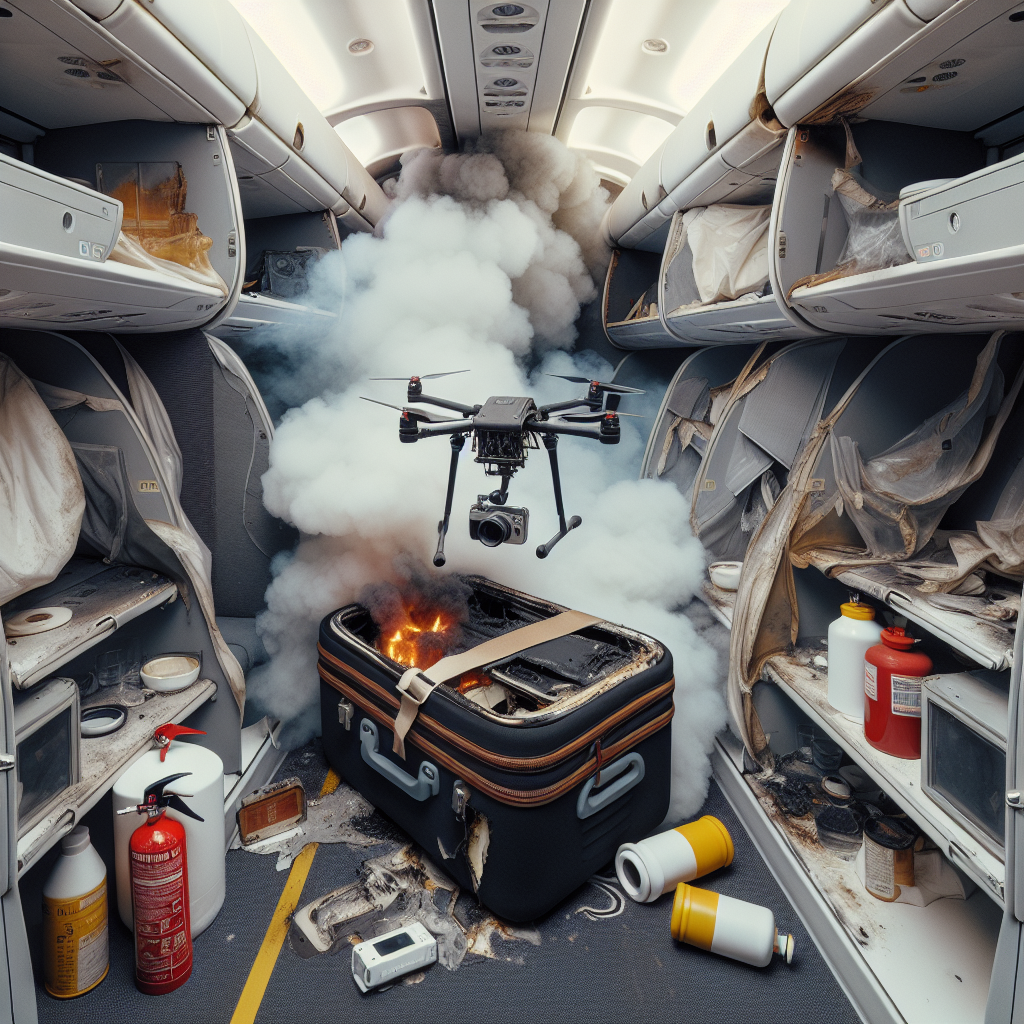
A Near-Disaster in the Skies: The Case of Thermal Runaway
Share
On the afternoon of March 15th, 2015, passengers aboard a B777 aircraft in transit to Bangkok's Suvarnabhumi Airport experienced tense moments that could have turned into a catastrophe. As the plane rolled towards its gate, flight attendants were jolted by an acrid 'electrical smell' in the front cabin, quickly followed by the sight of an emerging smokescreen above row 5 DEF. In an instant, the attendants, trained for moments of crisis, sprung into action, assessing the situation to find a passenger's black suitcase, housing not only personal belongings but also a professional drone and its lithium ion batteries, all intended for a TV broadcasting team's use.
Suspicions were confirmed when one of the batteries attached to the drone ignited, causing a 'thermal runaway' reaction. One can only imagine the panic as a hole melted through the case amid a haze of light grey smoke. Thanks to the quick response of the crew who discharged fire extinguishers and doused the fire with available liquids, a more severe incident was narrowly avoided. Two brave flight attendants extinguished the fire and prevented what could have been a full-scale emergency.
The event, now a stark reminder of the volatile nature of lithium ion batteries, highlights the exigency for preparedness. This mishap served as a real-world lesson on the importance of having accessible and effective fire-suppression tools on hand in enclosed spaces like aircraft cabins.

In light of these events, the introduction of FireTowel, a progressive, life-saving device, couldn't be more timely. This exceptional tool, built with enhanced thickness for superior fire smothering and designed with peripheral weights to maintain its position over flames, absolute in trapping noxious fumes. Ingeniously fitted with handles, the FireTowel enables a controlled suppression or isolation of the blazing device, and is convenient for post-cooling containment. Had the FireTowel been available and
